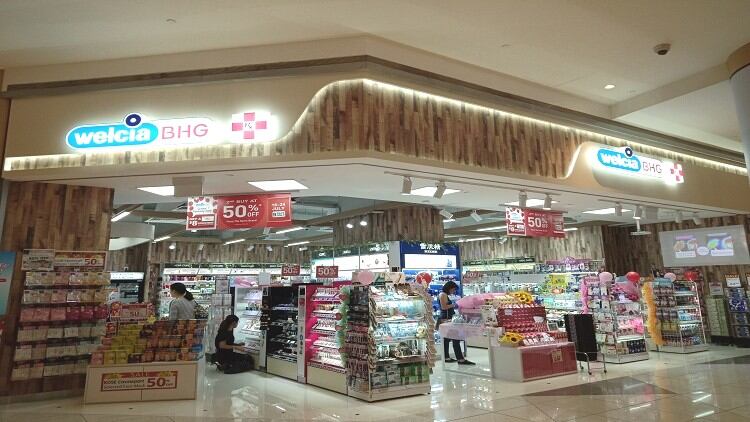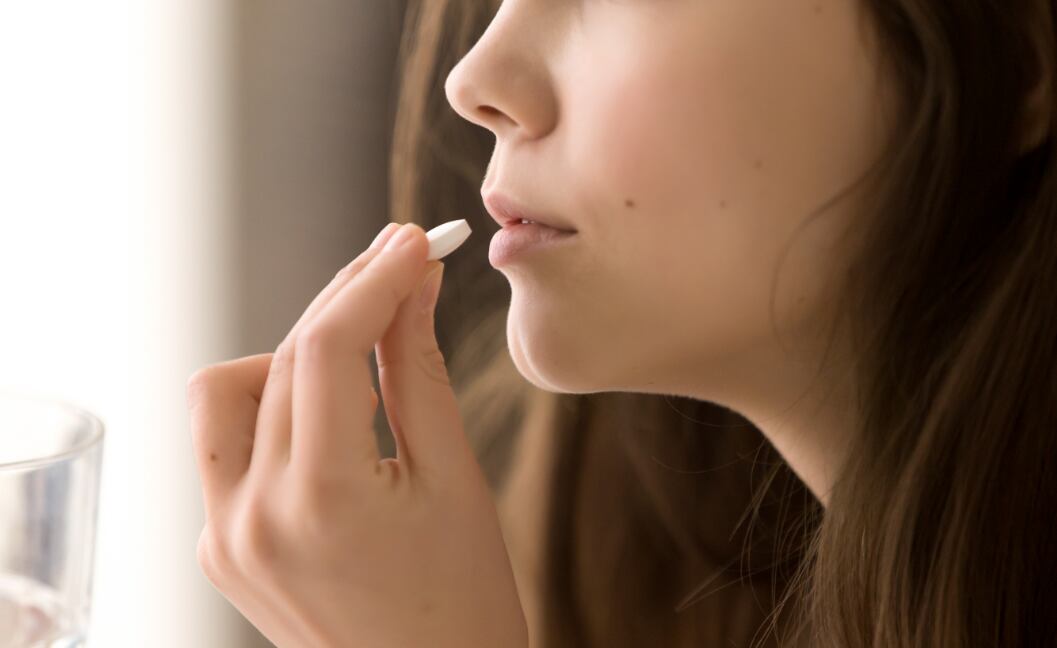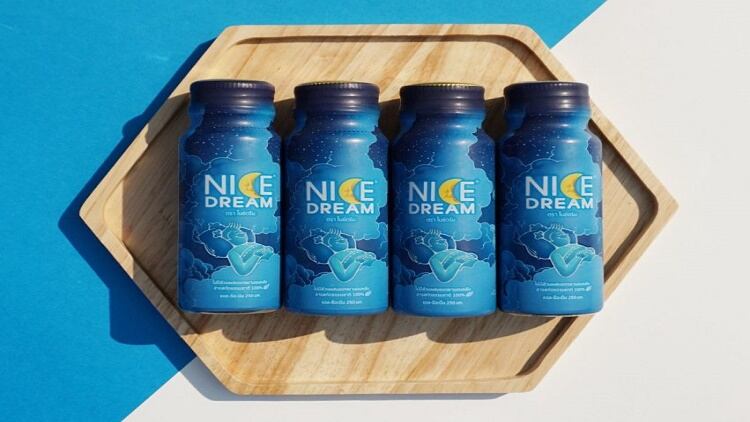Famous for selling a wide range of Japan-imported dietary supplements and beauty products, the drugstore first entered Singapore – also the only South East Asian country that it operates in – in 2017.
In the past 1.5 years, it has established six outlets in the country, bringing in dietary supplements from AEON’s in-house brand Topvalu and other Japanese supplement brands such as HapYcom through exclusive retail agreements.
The latest Welcia-BHG opened in Singapore is located in Suntec City, a central business district, during the first week of July.
In an interview with NutraIngredients-Asia, director of Welcia-BHG Singapore, Masato Ishii, revealed that the firm will further expand in Singapore on the back of growing sales.
In FY2018/19, its first two outlets opened in Singapore (Bugis and Northpoint shopping malls) saw a 20% yoy growth. Against the backdrop, plans to open 29 more outlets in the next five years are underway.
For a start, four outlets will be established by March next year. The firm is currently half-way through this plan, with two new outlets recently opened in Lot One Shopping Mall and the other one in Suntec City.
The other two outlets, which “must be opened” by the end of March next year, are likely located in the downtown areas.
“For FY2019/20, we will open four stores, for the next financial year, we will have five new stores, and after that, five or six new stores each year, depending on the opportunities.
“Singapore is a mature market with a population that earns a higher amount of income as compared to the developing countries. Normally, products imported from Japan have a higher retail price but many Singaporeans have the purchasing power to buy these products,” he added when commenting on Singapore's consumer market.
Urban outlets performing
Based on its experience till date, Welcia-BHG outlets located in Singapore’s downtown areas are performing better in terms of sales.
“Welcia is especially strong in Japan in the suburban areas. In Singapore, we are very new, so we need to test which locations are suitable for our store format,” Ishii said.
The downtown outlets mainly target female consumers in their 20s to 30s, while those in the heartlands target the family with a different range of products.
“The outlets at Suntec City and Bugis have brought in good results, whereas in Lot One and Northpoint, even though the human traffic is high, the results is so-so. The rest is still under observation.”
Insatiable demands
Describing the Singapore market as a “hot kettle”, the firm also found that the Singaporean consumers have “ever-changing” demands, with interest in new products rising rapidly but declining soon after.
“Singaporean consumers are like the hot kettles. When we boil water, the water will become hot quickly, but after that, it will cool down very soon. So in the same case, a product can be very popular, but after that, sales can quickly dip and the Singaporeans will go on to find the next interesting item and this cycle repeats itself again.
“That is why we need to continue to import interesting items,” Ishii said.
He added that one of the firm's major methods of identifying popular products was to conduct a sales trial on all products sold in the store.
“Everything is about testing. When we decide to import 10 items, we will test all these items, maybe three are popular and we will re-order them from Japan. However, for the rest that are not popular, we will stop selling them.
“We will know whether consumers like a product or not within one to two months,” he said.
In addition, popular tourists’ buys are also considered when deciding on the items to bring into Singapore.
“One of the way is to find out the popular tourists’ buy. We have 1,800 outlets in Japan and we have an internal data which shows data on the tax-free items bought by the tourists.
“From there, we can find the top 10, 20 or 50 best-selling products and use this data to decide what to bring into Singapore.”
Currently, the top three most popular health foods categories are collagen drinks, young barley juice, and weight control dietary supplements.
“We also sell a kind of tea which can reduce the blood glucose level and it is very popular in our stores. We have three SKUs, with the separate functions of cutting down the glucose, fats level and regulating blood pressure,” he added.
Depending on the floor area, the number of SKUs in the Singapore outlets can range from 4,000 to 5,000 or even 8,000 to 10,000 in bigger stores, such as the outlet in Wisteria Mall.
Differentiating from the others
Striking exclusive retail deals with Japanese dietary supplement brands is a way that Welcia-BHG differentiates itself from its competitors.
“The strategies to stand out lies in selling Japanese brands that are not available in competitor stores. This is a way to excite the consumers. The other element necessary to differentiate from the competitors is staff training and good customer service.”
At present, about 100 to 200 Japanese products available in Welcia-BHG are sold on exclusive deals.





